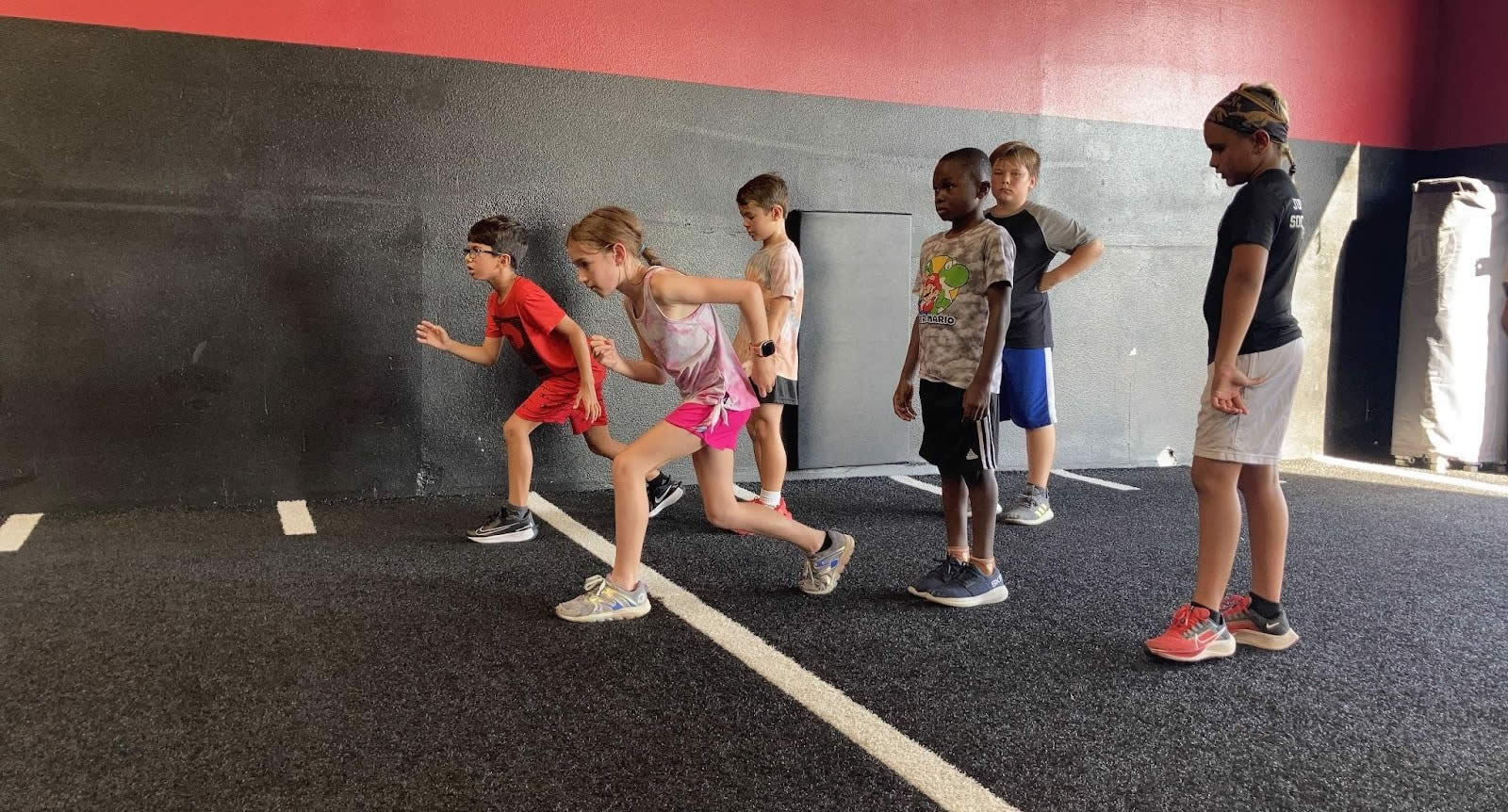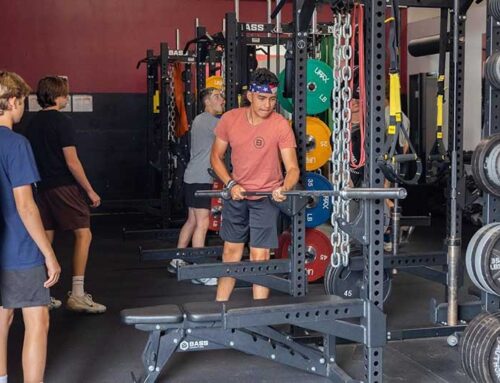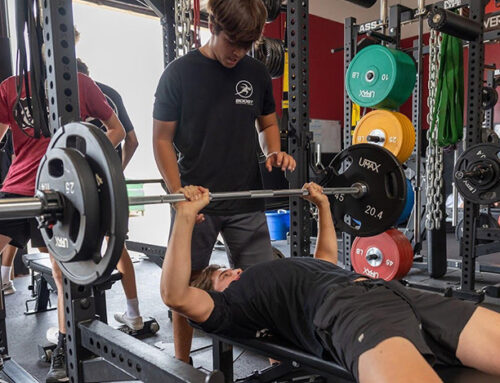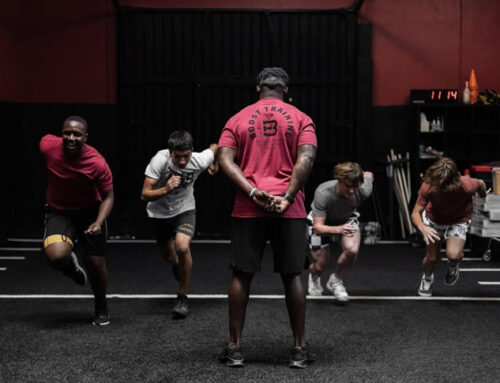If you’ve read any of my blogs then what I’m going to say next should come as no surprise. Youth sports are not just about developing physical prowess; they’re about nurturing well-rounded athletes who can perform at their best while reducing the risk of injuries. (Sounds redundant? Good!) This is where the trio of agility, balance, and coordination steps into the spotlight. In this blog, I’ll explore why these three elements are the unsung heroes of youth athletic development and should be prioritized by all performance coaches working with young athletes.
- Agility:
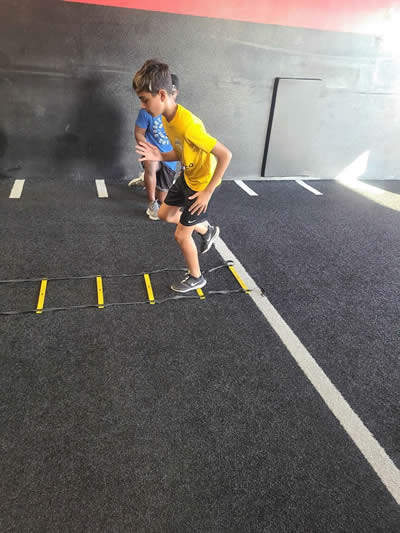
Agility is the ability to change direction quickly and efficiently. It’s the secret weapon that enables athletes to evade opponents, make rapid plays, and swiftly adapt to the unpredictable nature of sports. Here’s why agility matters for youth athletes:
- First and foremost Injury Prevention: Agile athletes can quickly adjust their movements to avoid collisions and injuries.
- Performance Enhancement: Agility drills improve acceleration, deceleration, and lateral movement, enhancing a player’s overall performance.
- Mental Sharpness: Agility training sharpens cognitive abilities like decision-making and reaction time, vital for sports that require split-second choices.
- Balance:
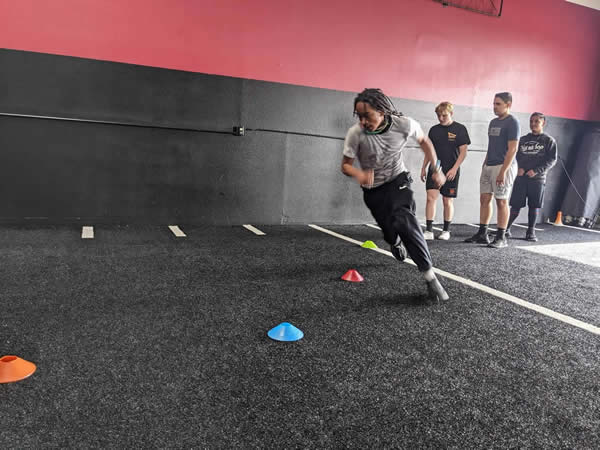
Balance
Balance is the cornerstone of every athlete’s stability, posture, and control. It’s a fundamental component of injury prevention and effective performance. Why is balance so crucial for young athletes?
- Injury Resilience: Developing good balance helps reduce the likelihood of injuries, especially in sports with a high risk of falls or collisions.
- Functional Movement: Good balance translates to better body control during complex athletic movements, from running and jumping to pivoting and changing direction.
- Core Strength: Balancing engages the core, building a strong foundation for power and stability.
- Coordination:

Coordination is the skill of harmonizing different parts of the body to perform a task. In youth sports, it’s an indispensable tool that improves an athlete’s efficiency and control. Here’s why coordination is a game-changer:
- Skill Mastery: It helps athletes master complex skills and techniques required in various sports, from dribbling in basketball to dribbling in soccer.
- Efficiency: Coordination allows for efficient movement, reducing energy wastage and fatigue during games.
- Versatility: Well-coordinated athletes can adapt to different sports and roles with greater ease, broadening their athletic horizons.
Conclusion:
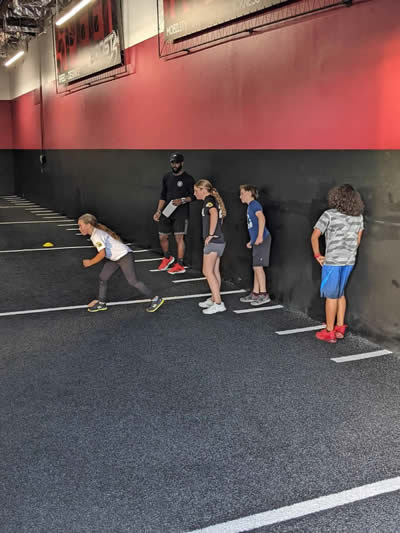
Agility, balance, and coordination are the building blocks of athletic success. They not only enhance performance but also mitigate the risks associated with youth sports. Encouraging young athletes to develop these skills is an investment in their future as well-rounded, resilient, and adaptable individuals both on and off the field. As they develop these attributes, they’ll not only be more proficient athletes but also better equipped for the challenges that life throws their way.

Owner, Boost Training Systems in Corona, CA
Level 1 & 2 Coach Bommarito Performance
CSCS, USAW

